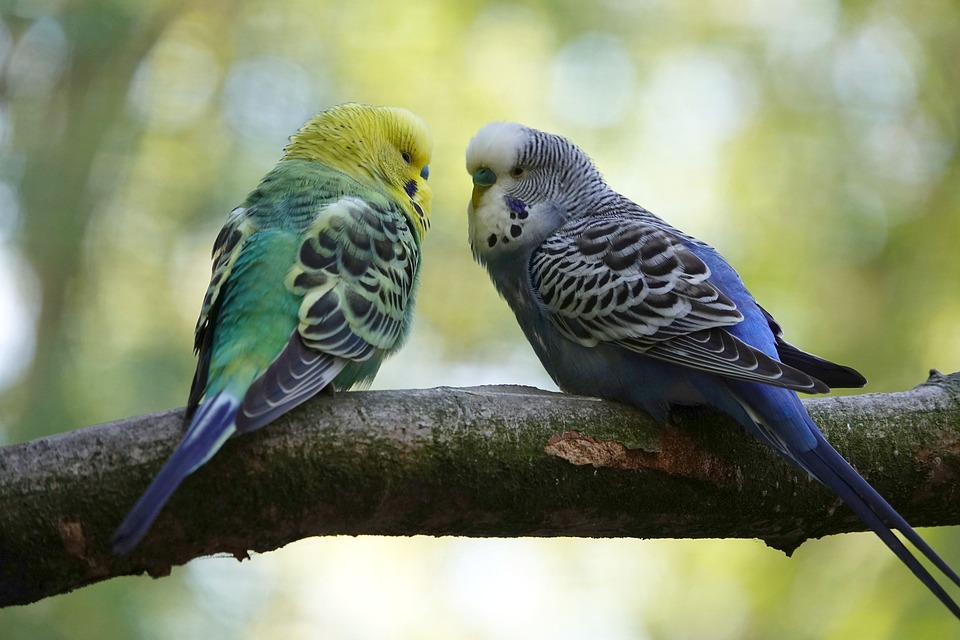Parrots are intelligent and social animals that require a varied and nutritionally balanced diet to thrive. However, introducing new foods to parrots can often be a challenging task. This is where positive reinforcement techniques come into play, offering a gentle and effective approach to expanding their diet and promoting healthy eating habits.
Positive reinforcement is a powerful tool in shaping desired behaviors in parrots. By rewarding them with praise, treats, or other forms of positive stimuli when they exhibit the desired behavior, you can build trust and strengthen the bond between you and your parrot. This positive association with new foods can make the introduction process much smoother and more successful.
When it comes to introducing new foods, it is essential to recognize the challenges involved. Parrots can be naturally cautious about unfamiliar foods, and their strong preferences for certain flavors and textures can make it difficult to introduce variety into their diet. By utilizing positive reinforcement, you can create positive associations with novel foods and encourage your parrot to explore new textures, flavors, and food groups.
There are several effective positive reinforcement techniques that can be used to introduce new foods to your parrot. First, it is important to establish a positive environment for food introduction. This can be achieved by creating a calm and relaxed atmosphere during mealtimes, free from distractions or stressful stimuli.
Next, start by offering small portions of the new food alongside familiar foods that your parrot already enjoys. This can help your parrot feel more comfortable and willing to give the new food a try. Additionally, pairing the new food with favorite treats or rewards can further incentivize your parrot to explore and taste the new food.
To encourage exploratory behavior, provide your parrot with toys and foraging opportunities. This can make the introduction process more engaging and enjoyable for them. Moreover, maintaining a consistent feeding routine can help establish familiarity and comfort, making it easier for your parrot to accept new foods.
As with any new endeavor, there are frequently asked questions surrounding positive reinforcement and parrot diet expansion. It is important to note that positive reinforcement techniques can be used with most parrot species, although individual preferences and temperaments may vary. The time it takes for a parrot to accept new foods can range from days to weeks, so patience and persistence are key. Some foods, such as avocado, chocolate, and caffeine-containing products, are toxic to parrots and should never be given. Consulting a veterinarian before introducing new foods is always recommended, as they can provide guidance specific to your parrot’s needs and health. If your parrot refuses to eat a new food, continue using positive reinforcement techniques and consider trying different preparation methods or variations of the food. Lastly, positive reinforcement can be used to modify various parrot behaviors, not just diet expansion. Seeking professional guidance for specific behavior concerns is always advisable.
In conclusion, positive reinforcement is a valuable tool in enhancing parrot behavior and expanding their diet. By utilizing positive reinforcement techniques, you can create positive associations with new foods and encourage your parrot to explore a wider range of textures, flavors, and food groups. Remember to be patient, persistent, and consult a veterinarian for any specific concerns. With ongoing exploration and positive reinforcement, you can enrich your parrot’s life and promote their overall health and well-being.









